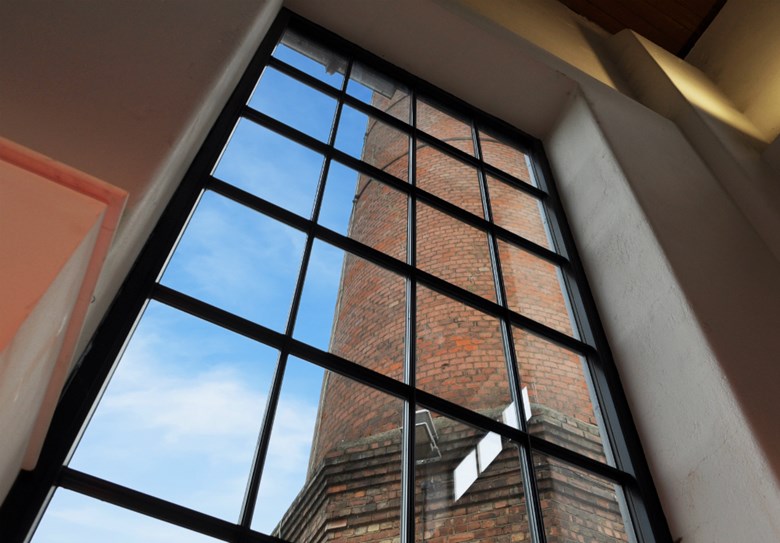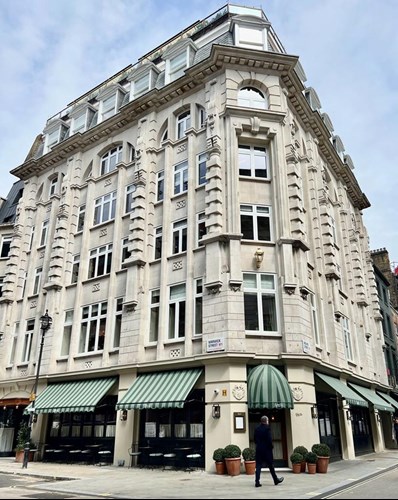Your Guide to Fenestration
- 2 April 2024|
- News

Fenestration is the science of arranging openings in a building. It is a discipline that is older and more complex than it might seem. Here, we will delve into the world of fenestration, from the derivation of the word to its application across the years and in modern-day architecture and construction.
What’s In A Name?
The term fenestration derives from the Latin fenestra, which means an opening in the façade of a building. Fenestration means the design and arrangement of windows, doors and other openings in a building.
We described fenestration as a science, and with good reason. If you were to build a brick tower, you can be confident it will remain strong and withstand daily use, high winds, and so on. Start making holes in it, and inevitably, its structural integrity will be reduced. Knowledge of the science surrounding fenestration is, therefore, an intrinsic aspect of architectural design and planning.
Discover the art of fenestration
Learn how we blend centuries of fenestration expertise with modern innovation for your home or business.
Fenestration Through The Ages
Consider the oldest surviving buildings in the world and compare them with the newest. One of the most stark and obvious differences is in their fenestration. The Cairn of Barnenez in France was built in about 4800 BC, making it more than 2,000 years older than the Great Pyramid of Giza. However, while they look quite different in style and design, a common feature of both is the absence of windows.
Now look at modern architectural wonders like the Shanghai Tower or The Oculus in New York. Again, they are quite different in design, but their common feature is that they appear to be made of windows and little else.
This demonstrates how our improving understanding of fenestration across the centuries and millennia has influenced architecture from one age to the next. But examining the intervening periods is just as illuminating as looking from one extreme to another.
Whether you live in a period property or a new-build, its fenestration is key to defining its style and character. Georgian properties are as famous for their “six over six” sash windows as they are for their exposed wooden beams. It is a style we see recreated today in modern country homes built in the Georgian style. The same applies to Victorian townhouses with their large, single-paned windows and those built in the Edwardian period when bay windows started to become more commonplace, and townhouses adopted a neo-baroque style. A good example is the made-to-order combination of Edwardian-style sash windows, wooden casement windows, and French doors at 1 Warwick in London.

So, it went on throughout the 20th century and into the 21st. Each period represents a step in the fenestration timeline, and each defines the style of its era. Fenestration remains a vital part of architectural design in modern buildings and in the sympathetic conversion and repurposing of period properties. These include the former tea warehouses at Old Street in London, which preserve the Victorian heritage of the building while delivering 21st-century performance.
Similarly, the ambitious and challenging conversion of The Book House in Wandsworth saw the conversion of a Victorian Board of Works office into residential dwellings. The fenestration required the supply and installation of 95 bespoke wooden windows and doors. Lomax + Wood has even worked on the fenestration for a Victorian power station in Essex. The 40,000 square foot space has now been sympathetically converted into a showroom and offices, with fenestration comprising specially made flush casement windows and an entrance door.
Fenestration Choices in The Modern Home or Business
Today, we can draw on all those centuries of fenestration knowledge to inform our choices. From period renovations to new-build projects, Lomax + Wood can work alongside you or your project managers to deliver the perfect fenestration.
Whether your focus is on maximising the display space in your shop window or getting the best afternoon sunlight in your living room, our turnkey solutions combine classic designs with contemporary performance.


